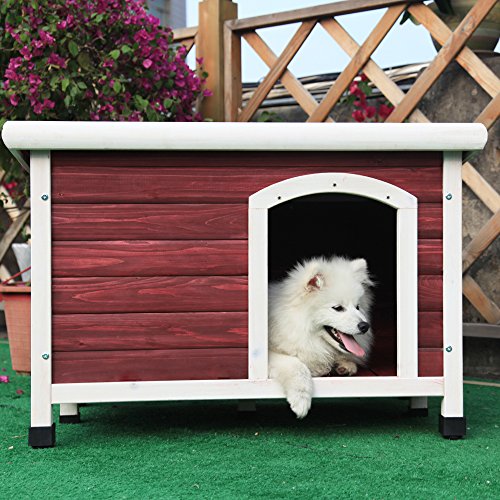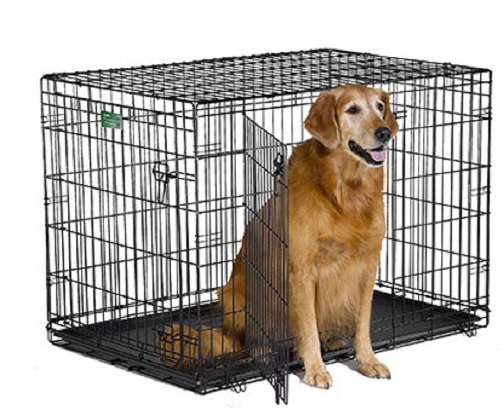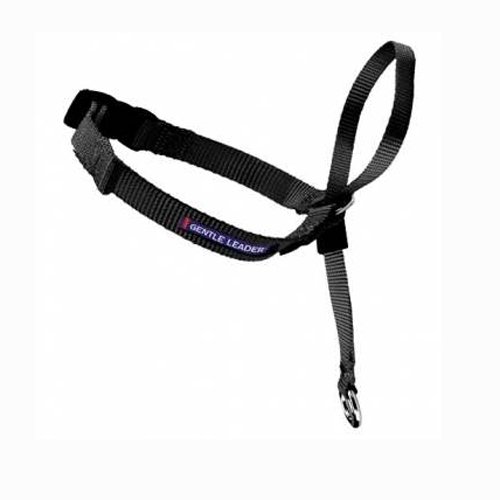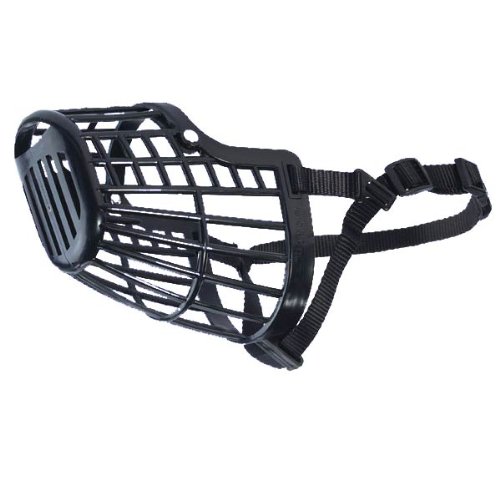
Also known as acute moist dermatitis, pyotraumatic dermatitis, moist eczema or “summer sores,” hot spots are raised, red, wet and oozing wounds on the skin’s surface that are often self-inflicted by a licking or chewing dog. They can appear and spread very rapidly, and some will persist for months. Often the fur around a frequently-licked area will have a pinkish tinge caused by the saliva. Sometimes the hot spot can have a foul smell. There is usually hair loss at the site, but occasionally the wound can be hidden in the fur, and the dog’s relentless licking or chewing is the only tip-off.
The immediate cause of a hot spot is a bacterial infection of the skin. The inflammation is itchy and painful for the dog, so he licks or chews at the site for relief… and further irritates the sore. Saliva is filled with bacteria and not a very good salve for wounds. As the dog becomes more frantic to relieve the irritation, he may become more aggressive with his chewing. Some dogs will bite to the point of self-mutilation. The most common sites for hot spots are those accessible by mouth – the flank, legs and paws, and the rump – but itchy dogs will get wounds anywhere they can scratch. A hot spot is painful as well as itchy. Some dogs might become protective of their sore and nip or growl to keep you away from it. These dogs might need to be sedated for treatment, and your veterinarian might prescribe a pain-killer.
The ultimate cause of a hot spotcan be more difficult to determine, but is especially important with multiple, chronic, or recurring sores. The occasional incident might be caused by a simple irritant such as a thistle or bug bite. Most hot spots occur in the summer months during hot, humid weather. Some breeds, such as Labrador and Golden retrievers, are known to be predisposed. In general dogs with thick or long hair coats are at risk. Dogs prone to ear and anal sac infections are also more susceptible to hot spots.
Mats in the fur or trapped undercoat can prevent normal aeration and drying of the skin, and result in hot spots. Frequent brushing (especially before a bath) and a short summer hair cut are good preventatives. Excessive bathing can further irritate skin, but there are aloe or oatmeal shampoos available for dogs with sensitive skin. Dogs with very thick coats may need to be towelled or blow-dried after swimming or bathing.
Many owners find that a change in diet can be helpful for a dog with hot spots, whether or not food allergies have been diagnosed. Some commercial diets are formulated especially for dogs with sensitive skin. Often these are fish-based (for example, salmon as the main protein source). Supplements are also available, usually containing omega fatty acids.
Although inhalant or food allergies are often blamed for hot spots, the most commonly diagnosed allergy in dogs is Flea Allergy Dermatitis (FAD). This hypersensitive reaction to flea bites may appear suddenly in a dog that has never reacted before. The owner may not realize the dog has fleas, but it only takes one to cause a hot spot! Fleas are easy to treat and easy to prevent with a quick trip to the vet’s office.
Other allergies can be trickier to identify. Your veterinarian can run a hypersensitivity test, but more commonly the trial-and-error method is used. Food allergies are often “diagnosed” with a change in diet – many different hypoallergenic diets are available.
Dermatitis resulting from an environmental allergen is also called “atopy.” The allergen might be seasonal (as with ragweed allergy in people), geographical (for example, localized to a specific park or town), or something found commonly in the home (dust or mold). Air purifiers and frequent vacuuming are a good way to keep allergens out of the house, for people and pets. Your veterinarian might recommend a dog-safe dosage of over-the-counter antihistamines (such as Benadryl). Other anti-inflammatory drugs such as corticosteroids can also be prescribed by a veterinarian.
Besides fleas, there are a variety of external parasites that might cause itching, some of which can affect people. For example, sarcoptic mange in dogs causes scabies in humans. Persistent or recurring hot spots might indicate an internal disorder, such as hypothyroidism. Skin biopsies or blood tests might be needed to track down the underlying disease. Occasionally the irritant is well below the skin. Some dogs with osteoarthritis or degenerative joint disease (DJD) will develop hot spots as they nip and lick at their painful joints.
Behavioural causes of hot spots are not uncommon, but can be the most difficult to eliminate. Some dogs will groom excessively when they are stressed or bored. Often a stressed dog will stop licking when the stress is gone, but a dog that licks compulsively may be very hard to discourage. In these cases it is important to subtly alter behaviour without inadvertently providing reinforcement in the form of attention. Substituting a toy or other activity can provide a distraction and a positive outlet for stressed or hyperactive dogs. A busy or tired dog will not need to find ways to amuse himself!
Occasionally, a thickened area of new scar tissue can form around a hot spot. It will appear lumpy and bleed easily. This is called a lick granuloma and generally occurs when the inflammation is chronic. The infection may have spread to the deeper layers of the skin and require more aggressive treatment. Your veterinarian might even recommend surgical removal of the granuloma.
The wound itself needs to be kept clean and undisturbed for healing to occur. Usually, the area is clipped to remove overlying fur (shaving can cause further irritation) and washed with a mild soap or antiseptic. The hot spot might need to be gently cleaned several times a day to remove crusty build-up. If inflammation is severe, systemic antibiotics or anti-inflammatory drugs can be prescribed by a veterinarian. Topical treatments may be used, but care should be taken to ensure the cream or ointment is not going right into the dog’s mouth! In some cases these can be toxic when ingested. In other cases, inappropriate use of an ointment might seal in the existing infection and prevent healthy aeration of the wound, slowing rather than aiding the healing process.
An Elizabethan collar (the dreaded head cone!) can be used in the short term to prevent the dog from accessing the wound, and socks can help reduce scratching. Stubborn dogs can be very creative when it comes to pulling off bandaging, and a bad-tasting substance (such as Tabasco sauce or bitter apply spray) can be applied on top of the bandages to discourage the dog from picking at them.
In most cases, determining and treating the underlying cause of the hot spots – allergy, disease, behaviour – is more than half the battle. Often, small hot spots will heal on their own or with only minor intervention. Some owners find that a cold compress (such as cold tea bags) can provide relief for the dog until the sore heals naturally. Fur will grow back in a couple of weeks.
By Jen Perret – Pets.ca writer
 Cute Dog Houses
Our pets are part of the fam
Cute Dog Houses
Our pets are part of the fam
 Top 5 Tips On Crate Training a Puppy
Credit: Paige Maguire
Top 5 Tips On Crate Training a Puppy
Credit: Paige Maguire
 Hate to Walk Your Pulling Dog? Heres the Instantaneous Solution (Really!)
Credit: thatmutt.c
Hate to Walk Your Pulling Dog? Heres the Instantaneous Solution (Really!)
Credit: thatmutt.c
 Sarcoptic Mange and Mange in Dogs and other Canine Diseases Humans Can Get
Dog with Mange
Sarcoptic Mange and Mange in Dogs and other Canine Diseases Humans Can Get
Dog with Mange
 Dog Muzzle
If you are unsure about your
Dog Muzzle
If you are unsure about your
Copyright © 2005-2016 Pet Information All Rights Reserved
Contact us: www162date@outlook.com